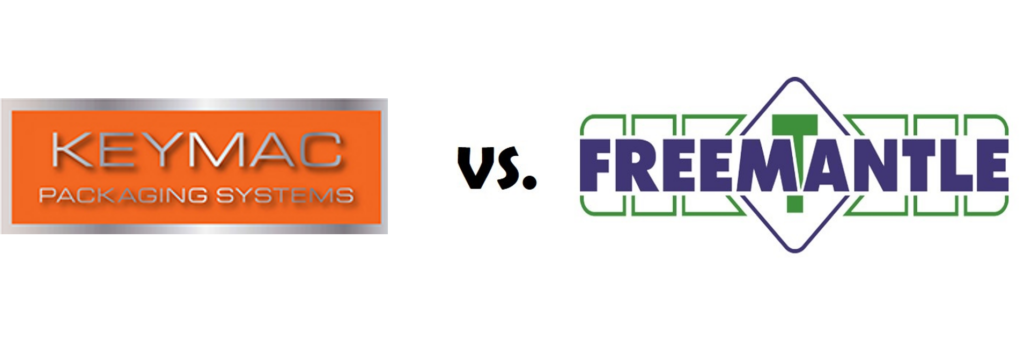In the realm of packaging machinery, cartoning machines play a pivotal role in ensuring products are securely and attractively packaged. Two major contenders in this sector are Keymac and T.Freemantle. This blog will provide an in-depth comparison of these two companies’ cartoning machines, focusing on their features, advantages, and suitability for various packaging needs.
Keymac: Precision and Performance
Company Overview
Keymac has established itself as a renowned name in the packaging industry, known for its high-quality cartoning machines. With a strong emphasis on innovation and reliability, Keymac offers solutions that cater to a wide range of industries, including food, pharmaceuticals, and consumer goods.
Key Features of Keymac Cartoning Machines
- High Precision: Keymac machines are designed for precise cartoning applications, ensuring consistency and quality in every package.
- Speed and Efficiency: These machines operate at high speeds, making them suitable for large-scale production environments.
- User-Friendly Interface: Keymac’s cartoning machines are equipped with intuitive controls, making them easy to operate and maintain.
- Durability: Built with robust materials, Keymac machines are known for their longevity and minimal maintenance requirements.
T.Freemantle: Flexibility and Value
Company Overview
T.Freemantle, a UK-based company, has been a prominent player in the packaging machinery market for over three decades. Their cartoning machines are recognized for their flexibility, reliability, and cost-effectiveness, making them a popular choice among various industries.
Key Features of T.Freemantle Cartoning Machines
- Versatile Design: T.Freemantle machines can handle a variety of sleeve sizes and styles, providing flexibility for different packaging needs.
- Compact Footprint: These machines are designed to save space, making them ideal for facilities with limited floor area.
- Ease of Use: T.Freemantle cartoning machines are user-friendly, reducing the need for extensive operator training.
- Cost-Effective: Offering high-quality machinery at competitive prices, T.Freemantle provides excellent value for money.
Comparative Analysis
Performance and Efficiency
Keymac’s cartoning machines are known for their high-speed operations and precise cartoning capabilities, making them ideal for large-scale production. On the other hand, T.Freemantle’s machines, while also efficient, are particularly noted for their flexibility and ability to handle a wide range of sleeve sizes and styles, catering to diverse packaging requirements.
Customization and Flexibility
In terms of customization, Keymac offers machines that can be tailored to specific production needs, ensuring optimal performance for unique applications. T.Freemantle, however, stands out with its highly versatile machines that can easily adapt to different packaging styles and sizes, providing a more flexible solution for businesses with varied product lines.
Space and Cost Considerations
T.Freemantle’s compact design makes their cartoning machines a great choice for facilities with space constraints. Additionally, their cost-effective solutions offer an economical option without compromising on quality. Keymac’s machines, while generally larger and more expensive, justify the investment with their advanced features, high-speed capabilities, and precise operations.
Conclusion
Choosing between Keymac and T.Freemantle cartoning machines depends on your specific packaging needs and operational constraints. If you require high-speed, precise sleeving for large-scale production, Keymac is the ideal choice. However, if you prioritize flexibility, ease of use, and cost-effectiveness, T.Freemantle offers excellent solutions.
Both companies bring unique strengths to the table, and understanding these can help you make an informed decision that aligns with your business goals. Whether you opt for the precision and performance of Keymac or the versatility and value of T.Freemantle, investing in the right cartoning machine will enhance your packaging process and boost overall productivity.

